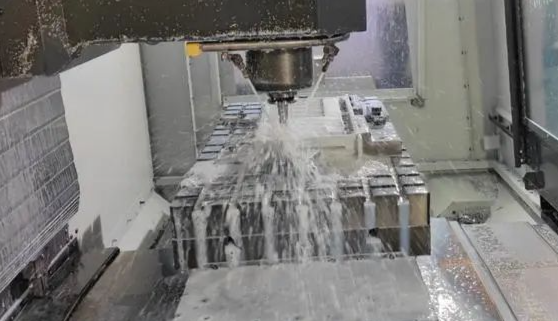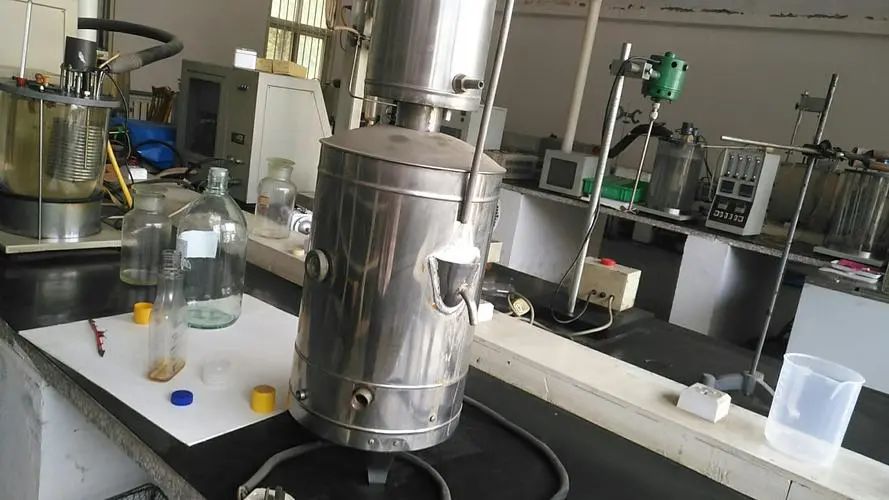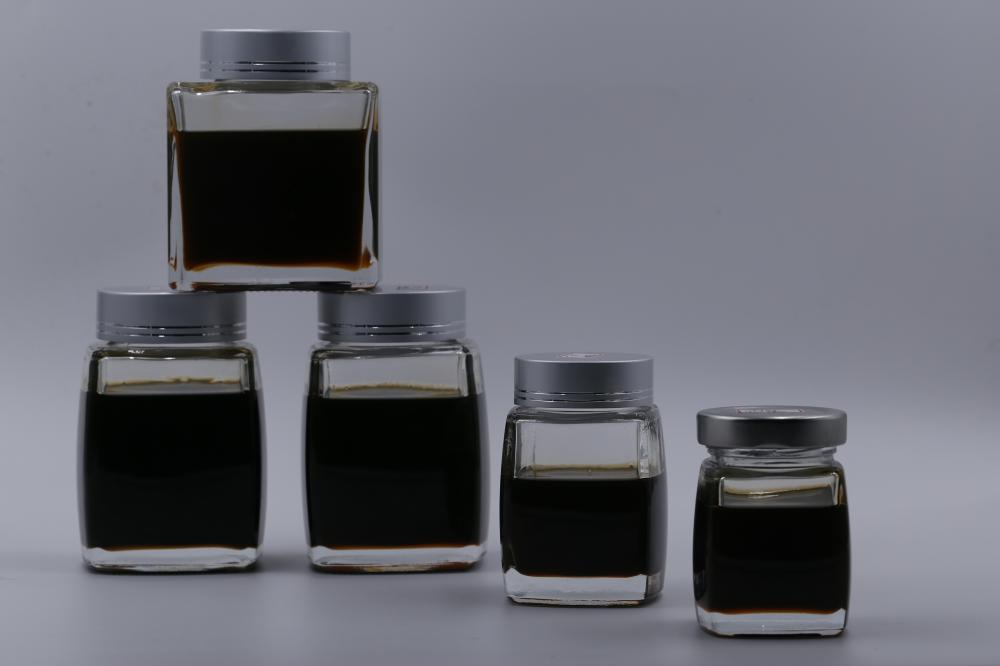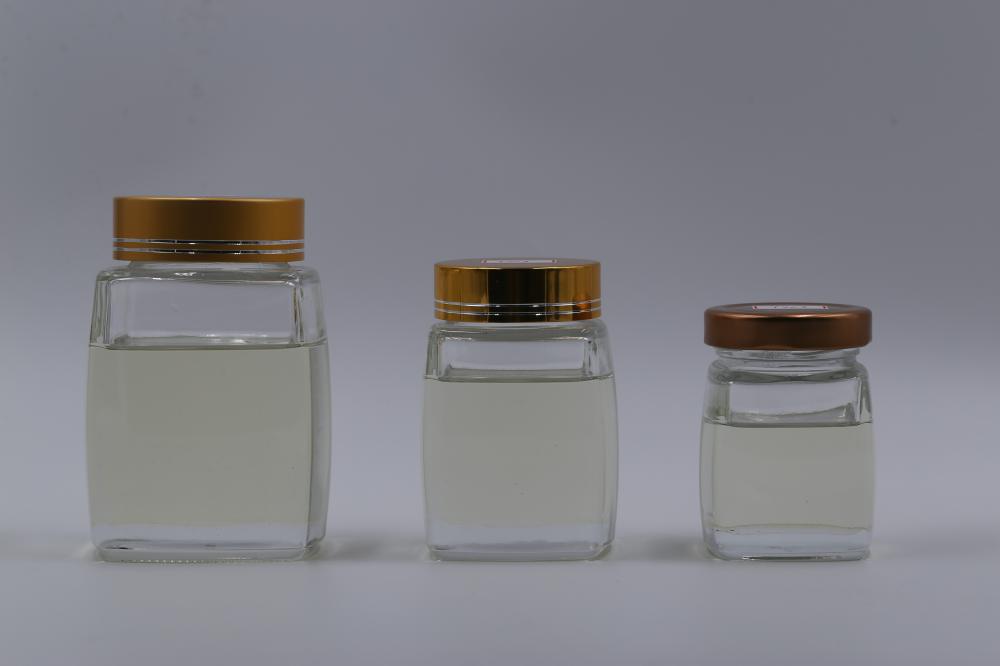In conclusion, Antirust Emulsion MWF is extensively used in various industries in China, including automotive, machinery manufacturing, aerospace, electronics, and metal fabrication. Its superior rust protection, lubrication, and cooling properties contribute to the longevity, quality, and efficiency of metalworking processes. By utilizing Antirust Emulsion MWF, Chinese industries can enhance their productivity, reduce maintenance costs, and ensure the reliability of their metal components and products.
Antirust Emulsion MWF (Metal Working Fluid) is a water-based product that requires proper packaging and storage to maintain its effectiveness and quality. Here are some important details regarding the packaging and storage of Antirust Emulsion MWF:
Antirust Emulsion MWF is typically packaged in containers such as drums, totes, or bulk tanks. The packaging should be made of materials that are compatible with water-based products and protect the emulsion from contamination or leakage. It is important to ensure that the packaging is sealed properly to prevent any moisture or air from entering, which could potentially affect the emulsion's performance.
Proper storage conditions are essential to maintain the stability and effectiveness of Antirust Emulsion MWF. Here are some recommendations for storing the product:
Temperature: The emulsion should be stored in a cool and dry environment, ideally at temperatures between 10°C and 35°C. Extreme temperature fluctuations should be avoided, as they can negatively impact the emulsion's stability.
Sunlight exposure: Direct sunlight should be avoided, as it can cause degradation of the emulsion and affect its performance. It is recommended to store the product away from windows or in an area with minimal exposure to sunlight.
Ventilation: Adequate ventilation is important to prevent the buildup of fumes or vapors. The storage area should be well-ventilated to ensure a safe working environment.
Contamination prevention: The storage area should be kept clean and free from contaminants such as dust, dirt, or other chemicals. It is important to prevent cross-contamination by storing Antirust Emulsion MWF away from other incompatible substances.
Handling: Proper handling procedures should be followed when moving or transporting the product. The containers should be handled with care to avoid any damage or puncture that could lead to leakage.
Shelf life: The shelf life of Antirust Emulsion MWF can vary depending on various factors such as the formulation and storage conditions. It is important to refer to the manufacturer's guidelines for the recommended shelf life and any specific storage requirements.
In conclusion, proper packaging and storage of Antirust Emulsion MWF is crucial to maintain its effectiveness and quality. By following the recommended storage guidelines, the emulsion can be preserved for optimal performance, ensuring rust protection, lubrication, and cooling properties in metalworking applications.
6. Product production process The production process of Antirust Emulsion MWF (Metal Working Fluid) involves several stages to ensure the formulation of a high-quality product. Here is an overview of the production process:
Formulation: The formulation of Antirust Emulsion MWF begins with the selection of high-quality raw materials. These materials include rust inhibitors, lubricants, emulsifiers, corrosion inhibitors, and other additives. The precise combination and ratio of these ingredients are determined based on the desired properties and performance of the final product.
Mixing: The raw materials are accurately measured and then mixed together in a controlled environment. Mixing equipment such as agitators or mixers are used to achieve a homogeneous blend of the ingredients. This step ensures that all components are uniformly distributed throughout the emulsion.
Emulsification: Emulsification is a critical step in the production process. During this stage, the mixture is subjected to emulsification techniques, such as high-speed mechanical stirring or using specialized emulsifying machines. These techniques break down the oil-based components into smaller droplets and disperse them in the water phase, forming a stable emulsion.
Quality Control: Throughout the production process, quality control checks are conducted to ensure the consistency and quality of the product. Samples are taken at various stages and tested for parameters such as pH, viscosity, stability, rust protection, lubricity, and coolant properties. Any necessary adjustments are made to maintain the desired specifications.
Filtration: After the emulsion is formed, it undergoes filtration to remove any impurities or solids. Filtration helps maintain the cleanliness of the emulsion, preventing clogging or damage to metalworking equipment during application.
Packaging: The final step in the production process is packaging the Antirust Emulsion MWF. The emulsion is carefully transferred into appropriate containers such as drums, totes, or bulk tanks. The containers are properly sealed to prevent contamination or leakage.
It is important to note that the production process may vary depending on the manufacturer and specific formulations. Additionally, the production facilities adhere to safety and environmental regulations to ensure the safe handling and disposal of any waste materials generated during the process.
In conclusion, the production process of Antirust Emulsion MWF involves formulation, mixing, emulsification, quality control, filtration, and packaging. By following these steps diligently, manufacturers can produce a high-quality product that provides effective rust protection, lubrication, and cooling properties for metalworking applications.
7.Product precautions Antirust Emulsion MWF (Metal Working Fluid) is a water-based product that offers excellent rust protection, lubrication, and cooling properties for metalworking applications. While using this product, it is important to follow certain precautions to ensure safe and effective usage. Here are some important precautions to consider when using Antirust Emulsion MWF:
Read the product label and safety data sheet (SDS): Before using Antirust Emulsion MWF, carefully read the product label and SDS provided by the manufacturer. These documents contain important information regarding proper handling, storage, and disposal of the product.
Personal protective equipment (PPE): When handling Antirust Emulsion MWF, it is recommended to wear appropriate personal protective equipment such as goggles, gloves, and protective clothing to prevent any contact with the skin or eyes. PPE helps reduce the risk of irritation or allergic reactions.
Ventilation: Ensure that the working area is well-ventilated to prevent the accumulation of fumes or vapors. Good ventilation helps maintain a safe working environment and reduces the inhalation of potentially harmful substances.
Avoid direct skin contact: Avoid prolonged or direct skin contact with Antirust Emulsion MWF. In case of accidental contact, wash the affected area thoroughly with soap and water. If irritation occurs, seek medical attention.
Avoid ingestion: Antirust Emulsion MWF is not intended for ingestion. Do not eat, drink, or smoke while handling the product. If ingested accidentally, seek medical advice immediately.
Avoid inhalation: When working with Antirust Emulsion MWF, avoid breathing in the mist or vapors. If working in a closed environment, use proper ventilation or respiratory protection to minimize inhalation exposure.
Spill and leak management: In case of spills or leaks, immediately contain the material and prevent it from reaching drains or water sources. Absorb the spill with inert materials such as sand or earth and dispose of it in accordance with local regulations.
Storage: Store Antirust Emulsion MWF in a cool and dry place, away from direct sunlight and sources of ignition. Keep the containers tightly closed to prevent contamination or leakage. Follow the manufacturer's recommendations for specific storage requirements and shelf life.
Disposal: Dispose of Antirust Emulsion MWF in accordance with local regulations. Do not dispose of the product in drains, water sources, or the environment. Contact local authorities or waste management facilities for proper disposal methods.
Training and education: Ensure that personnel working with Antirust Emulsion MWF are trained in proper handling, storage, and safety procedures. Regularly educate employees on the potential hazards associated with the product and provide them with adequate information and training materials.
By following these precautions, users can mitigate the risks associated with Antirust Emulsion MWF and ensure safe and effective usage in metalworking applications.
We are focusing on various
Lubricant Additive Component &
Additive Package, as well as Metal Working Fluid, component include
Pour Point Depressant,
Viscosity Index Improver, Antiwear/
Ep Additive, Antioxidant, Rust Preventative, Detergent,
Ashless Dispersant, etc.,











